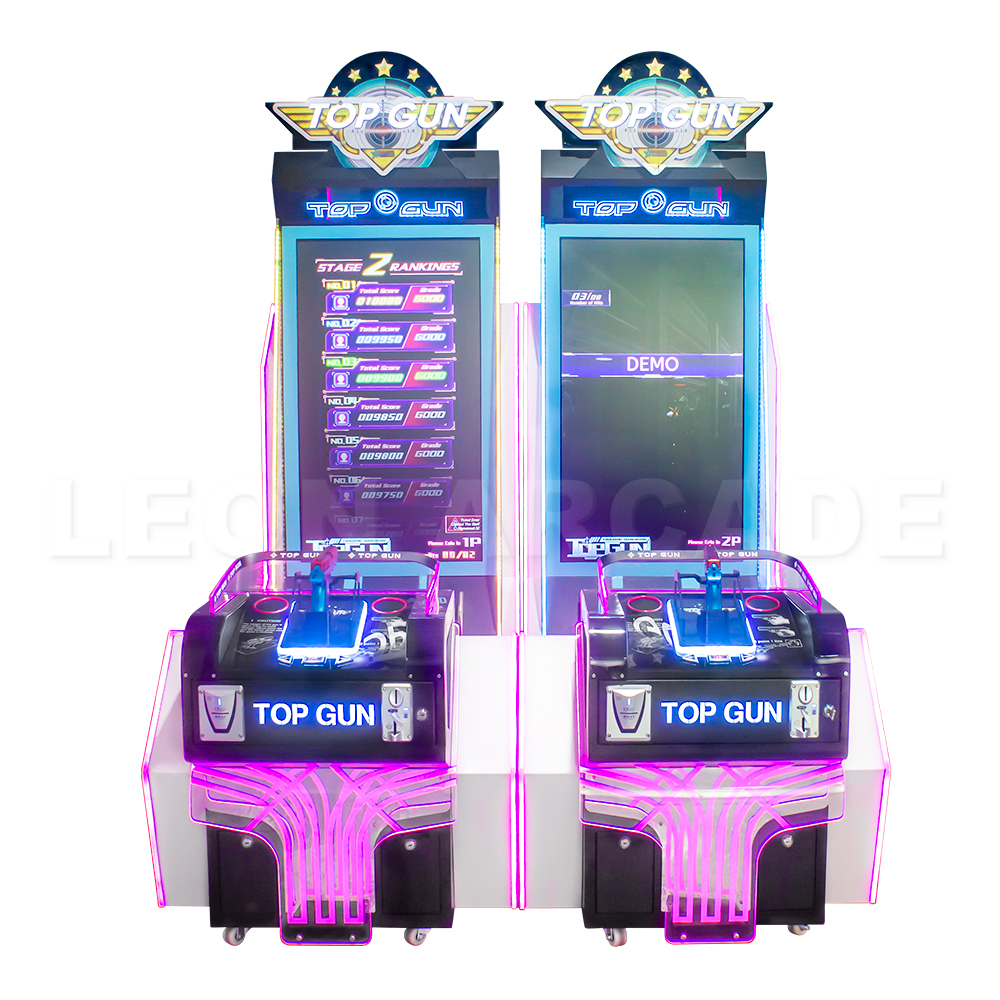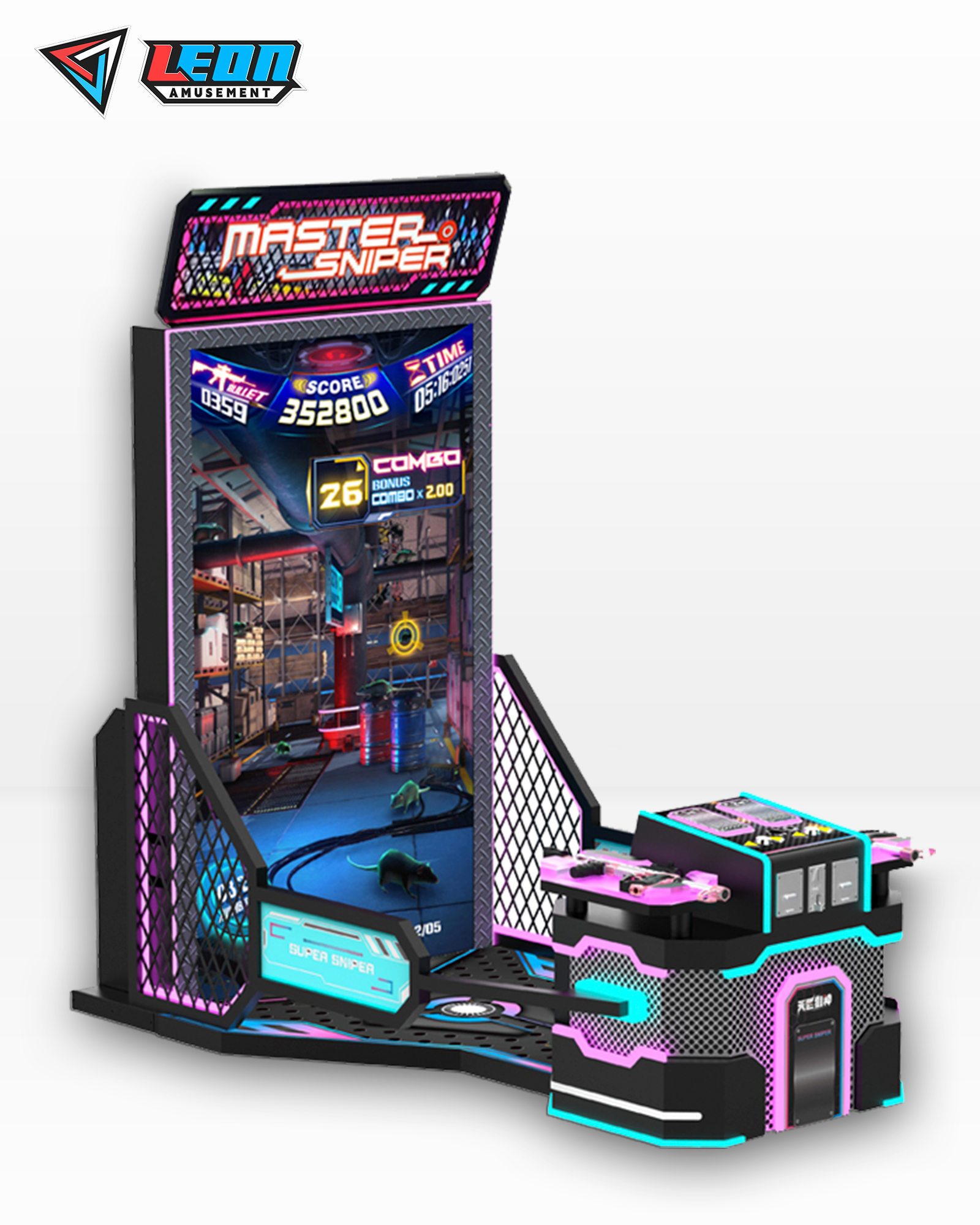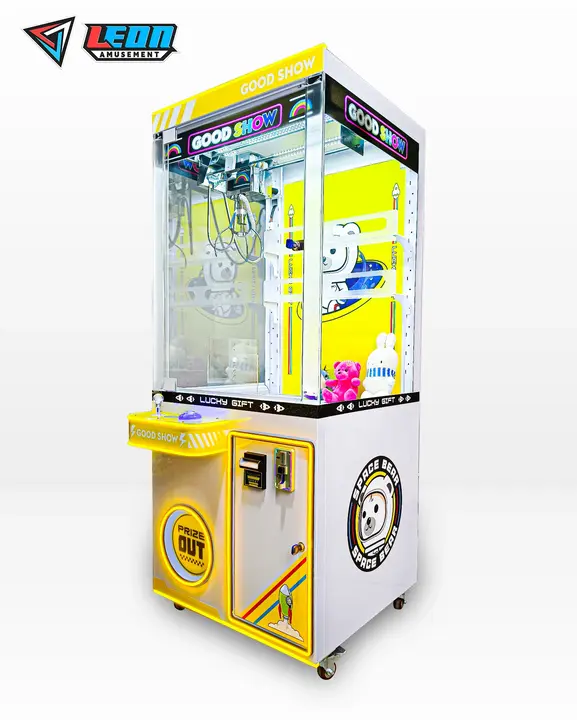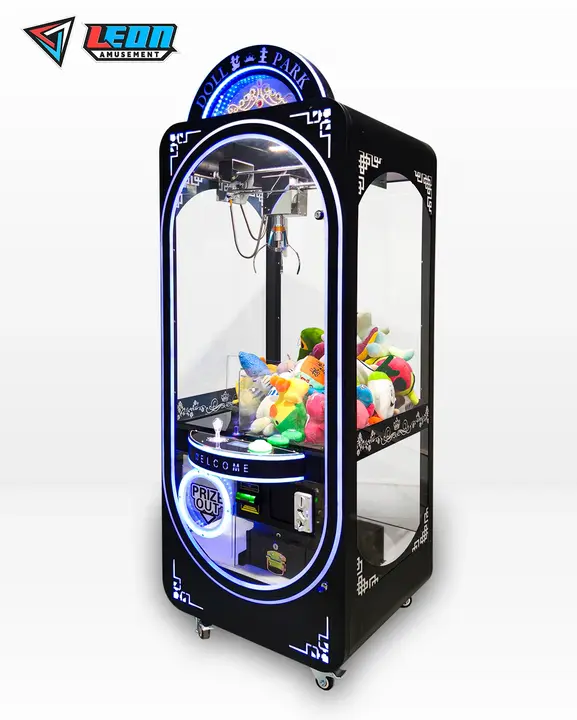Arcade gaming costs include initial investments for machines and setup, ongoing expenses for utilities and salaries, with income from games and events leading to break-even in 15-24 months.
Table of Contents
ToggleInitial investment details
Investment Costs
Before investing any money, let’s discuss the costs associated with buying various arcade games. The price of an arcade machine heavily depends on the type of machine and the various elements included in it. It is known that traditional claw games may cost from $2,000 to $5,000, while highly sophisticated VR games exceed the cost of $20,000. It is recommended to combine more popular games with a few niche ones to attract diversified customer groups.
Location Costs
The location of your arcade should not be overlooked. Renting a floor area with high traffic, for example, in a mall or a heavily touristic area, costs from $5,000 to $15,000 monthly. Additionally, expenses related to the general appearance of the arcade are included in the setup costs. The interior design, lighting, and sitting areas take from $10,000 to $30,000 to make the area cozy and welcoming.
Licensing Costs
In addition, licenses are required to start the business. Business licenses, safety permits, and entertainment business licenses cost from $1,000 to $3,000. Make sure you are aware of the local regulations and consider the expenses to avoid any legal issues.
Technology Costs
Technology cannot be overlooked in the entertainment industry. A POS cash register, security cameras, and cybersecurity measures are required to ensure smooth business operation. A state-of-the-art point-of-sale cash register costs from $1,500 to $3,000, while security setups may add from $2,000 to $5,000 to the cost of the arcade.

Ongoing Operating Costs
Utilities and Rent
Naturally, maintaining an arcade incurs substantial monthly costs, with utilities and rent being among them. In an arcade, monthly utilities, such as electricity, water, and internet, can vary between $1,000 and $2,500, depending on the room’s size and the number of equipment. Rent cost also varies significantly depending on the location, from $10,000 and higher for the best locations. Such expenses must be accounted for in the budget to maintain an attractive arcade space.
Staff Salaries and Benefits
Having qualified workers is a must to operate smoothly. Monthly wages range from $2,000 to $3,500, depending on the role and experience. Furthermore, benefits for each employee, including health insurance, paid days off, and bonuses, add another $500 to $1,000 per employee per month. Investing in workers boosts productivity and customer service quality.
Maintenance and Repairs
Machines need to undergo regular maintenance to run and provide customers with a quality gameplay experience. Monthly maintenance, including regular check-ups and minor maintenance, fluctuates from $500 to $1,500. Subsequently, unexpected replacements and repairs require an additional $1,000 to $3,000 budget per year. Hard regular check helps prevent downtime and unsatisfied clients.
Marketing and Promotions
Finding and retaining clients requires regular marketing efforts. Monthly marketing expenses, including social media, advertising, or event promotion, can range between $1,000 and $3,000. Developing a strong marketing strategy attracts clients, thus covering the expenses. A dedicated budget for advertisements maintains the company’s competitiveness.
Supplies and Consumables
An arcade requires a regular influx of supplies: tickets, tokens, cleaning materials, and office materials. Bound to vary at different places, costs can be between $300 and $700 per month. Supplying the necessary equipment to operate boosts the clients’ experience.
Income Potential
Daily Revenue from Games
Revenue from arcade games can be generated based on the number of plays. A popular game earns an average of $50 to $150 daily. Having 20 well-rounded machines can generate between $1,000 to $3,000 daily. Perfect placement and machine selection can increase this number.
Special Events and Parties
Special events and parties such as birthday parties, client events, and corporate team building can enhance revenue earnings. Charging between $200 to $500 per event can bring lucrative income. The return generated monthly can top up income from other streams, especially if customized experiences and packages are developed to attract more clients and retain existing ones.
Membership and Loyalty
Inclusion of a membership and loyalty program can bring back clients. A $30 monthly membership that is subscribed by 100 clients can generate an extra $3,000 each month. A formal and effective loyalty system can easily track client behavior and preferences, keeping patrons satisfied and making them spend more.
Merchandise and Concessions
Each client can spend about $5 on snacks and merchandise. If the arcade has 200 customers daily, one can generate $1,000 on a daily basis. High-profit merchandise coupled with an attractive array of snacks and drinks can assure more revenue.
Advertising and Sponsorship
Advertising space in the arcade can bring between $500 to $1,500. Sponsored events generate higher revenue. Such collaborations help generate constant cash inflow.

Break-even analysis and ROI
Break-even Point Calculation
Understanding the break-even point is a necessary endeavor for financial planning. The break-even point is the point at which the total revenue is equal to total expenses, and profit generation follows. To determine the measure, obtain the initial investment and monthly operating costs. In this case, assuming the initial investment is $75,000, while the monthly operational cost is $15,000 and the revenue is $20,000, the break-even point will be as follows: Break-even point = Initial Investment / Monthly Profit. Assuming that Initial Investment = $75,000, Monthly Profit = $20,000, and monthly expenses = $15,000, the break-even point = Monthly Profit / Initial Investment = $20,000 / $15,000 = 7.5 months. The above precision is critical in ensuring that the profitability target is achieved as planned.
Revenue Streams Monitoring
Revenue streams should be consistently monitored to guarantee swift achievement of break-even. Analysis of the machines and the events generating high income will provide the necessary insight to increase the focus on high-performing points. For instance, if the claw machines generate more revenue, more machines should be increased, or thematic events should be organized to bring in more players. Financial analysis also plays a part in the decision-making process, thereby enhancing profitability.
ROI Assessment
ROI is a precise measure of the profitability of the investment. It is calculated as follows: ROI = (Net Profit – Initial Investment) / Initial Investment × 100. A summary of the calculation after two years with a net profit of $150,000 where the initial investment is $75,000 is as follows: ROI = ($150,000 – $75,000) / $75,000 × 100 = 100%. As such, 100% shows a high profitability rate, hence a good investment. The assessment is also critical in evaluating a business’s financial performance.
Cost-control Implementation
To enhance the break-even point calculation and the ROI, it is necessary to implement a cost-control strategy. High costs are detrimental to accruing profitability but can be mitigated through cost reduction. Quality should be upheld while finding better deals, such as a bargain with suppliers. New models, such as energy-efficient systems, can further lower the monthly expenses and guarantee profitability. The strategy ensures a consistent financial standing.



